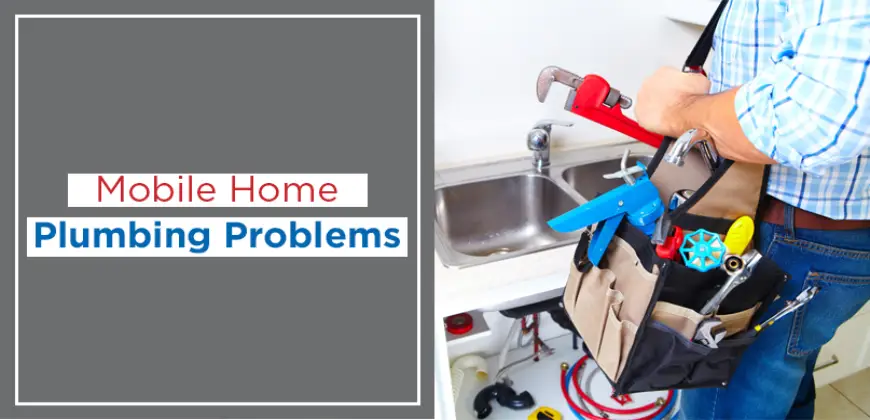
Plumbing problems plague mobile home residents just as much as they do site-built homeowners. However, because the systems are different in so many ways, you will need special knowledge and skills to understand and work with your manufactured home's plumbing.
Mobile homes do not always encounter the same plumbing issues as site-built homes. If something goes wrong, you need to know the necessary information such as where to turn off the water to mitigate damage until a plumber can arrive. Understanding the basics could save your home and possessions from water damage.
You can do some minor plumbing repairs yourself, such as preparing your plumbing for winter or using a plunger. Knowledge of how your home's plumbing works will make it easier for you to determine when to do minor chores yourself and when to call a professional. If you feel concerned about a plumbing problem, always consult a Mr. Rooter expert for service.
Basic Elements of a Plumbing System
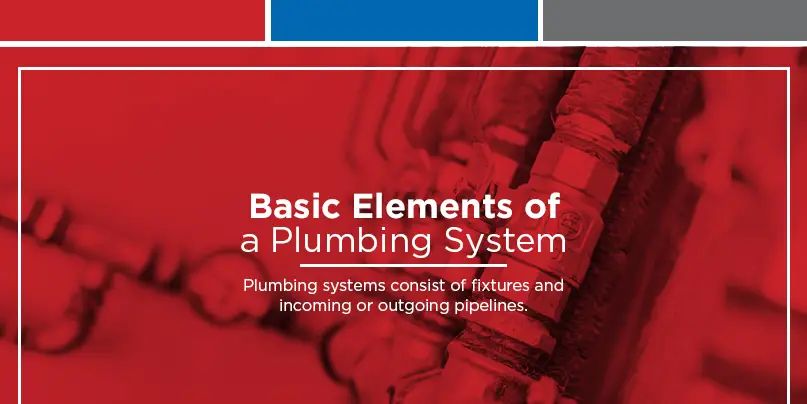
Plumbing systems consist of fixtures and incoming or outgoing pipelines. There are numerous piping materials available. Old homes once used iron for piping. Today, due to the risks of wear and rusting, this material has fallen out of favor for cheaper, safer materials like copper, CPVC — chlorinated polyvinyl chloride — and PEX — cross-linked polyethylene.
Fixtures are another essential element of your plumbing system. These are the parts you interact with daily. Faucets, toilets, showers, and washing machines are all plumbing components. Problems may occur with the fixtures or with the lines. Understanding both will help you identify the source of the problem when something goes wrong.
The plumbing system in every home or business starts with fresh water lines to bring in clean water. Some of this water goes to the water heater for warming. The hot water travels through its lines to come out of the hot water faucets on your sinks and appliances. Cold water continues through the supply pipes to service your washer, toilet, bathtub, shower, and taps.
After you use the water from any fixture, the rest goes down the drain. All the drain lines connect to the major waste line that leaves your home. A blockage in the home's waste line could cause a backup of wastewater into the house. This job requires expert repairs to clear the clog safely. Due to the design of a mobile home's plumbing system, removing a clog could be more difficult if it is in the main exit line from the home. A professional plumber will know how to deal with the situation.
To ensure drain lines work correctly, they must have ventilation. Think about trying to pour water out of a container with only one opening. It does not flow as quickly because as water leaves, air must come into the container to take its place. The same principle holds with your drain lines. Air needs to enter the system to help wastewater move out of your home as fast and smoothly as possible. The location of the ventilation for site-built and mobile homes is one of the significant differences in the plumbing systems for these constructions. Knowing the site of the ventilation spots can help you see if a blockage is restricting drain flow.
The incoming and outgoing water lines, vents, and fixtures in your home create the entire plumbing system. However, the specific design is not the same in a mobile home compared to a site-built home. Discover the differences to know how your mobile home has a unique plumbing system.
Mobile Home Plumbing vs. Built Home Plumbing
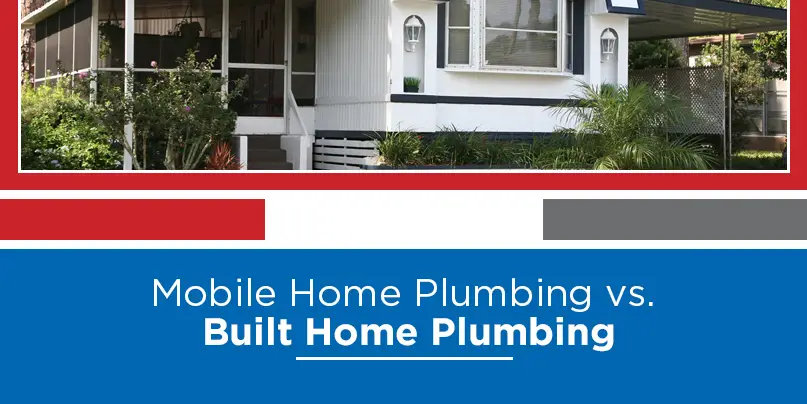
If you live in a manufactured home, you may not initially be aware of the plumbing differences from a site-built home. Because mobile homes are not permanent structures, the plumbing entering and leaving the house has a distinctive design. Everything from the materials to the location of the pipes and drain venting has different orientations compared to site-built homes.
Piping Materials
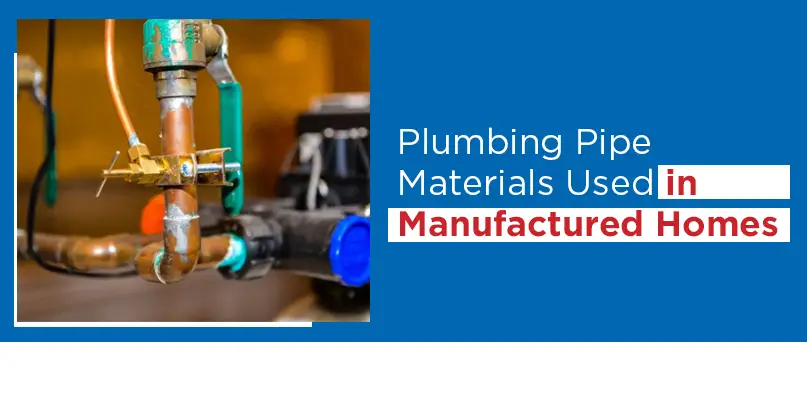
The materials in manufactured homes often are innovative in the plumbing world. Homebuilders like to use new plumbing in mobile homes to see how they function. For example, builders first used PEX piping in manufactured homes before it became common in site-built home designs. Today, this pipe material is a standard in the industry.
Site-built homes typically use copper for incoming water, but in manufactured homes, this is not the standard. CPVC and PEX are more common in mobile home supply lines. Both work for hot and cold water lines. These materials may last as long as the incoming copper lines used for site-built homes. The plastic pipes are cheaper and easier to install. PVC — polyvinyl chloride — pipe may be used for drain lines and some supply lines.
Some manufactured homes built between the 1970s and 1990s had polybutylene pipe installed. The bleach used to sanitize the water supply would cause the material to wear out and leak. This type of pipe is no longer available. If you have it in your mobile home, consider repiping to replace it. During negotiations, request the owner to repipe the house at their expense before you move in.
Drain pipes carry waste water out of your home. Materials typically used for waste lines include PVC, chromed brass or cast iron. PVC is likely to be the chosen material because experts who know how to plumb a mobile home find it easier to install. It also costs less than metal pipes. These materials are not very different from those used in site-built homes, though, making drain pipes a common factor between the two.
Location of Pipes
Piping locations differ between mobile and site-built homes. Site-built homes have supply lines that run through the walls. In mobile homes, though, the incoming water lines run under your house. This pipe orientation can pose a problem in the winter from freezing pipes. Depending on the layout of your home, the pipes may run next to your subfloor heating ducts or along the edge of the floor. Your water heater's location will also determine how the pipes come into your home.
Venting of Drain Pipes
Vents for the drain lines also differ between site-built and mobile homes. While vent stacks to admit air into the system are required by law, cleanouts are not. A mobile home drain system diagram may have vents visible on the roof. More often, though, mobile homes have vents at each fixture. For instance, a sink may have a vent under the counter.
Overflows and cleanouts are not included on the fixtures or outside the home of manufactured homes. Because these openings are not features of mobile homes, clearing out blocked drains becomes slightly more difficult. The difficulty adds to the reasons to consult with a professional if you have plumbing problems in your manufactured home.
Plumbing Pipe Materials Used in Manufactured Homes
Since the plumbing materials in manufactured homes differ from those in site-built homes, you may not be able to use the same resources for DIY solutions. Plumbing materials for manufactured homes tend to cost less and be easier to work with. Those attributes do not give you a pass to attempt every plumbing repair yourself. Educating yourself on the materials can help you know what problems your home is likely to face based on the materials in the supply and drain lines.
PVC
Polyvinyl chloride, better known as PVC, is a traditional piping material that still may be part of your vents and drain lines. In repaired lines, you may see patches of PVC replacing worn sections of drain lines. PVC plastic is easy to cut and find fittings for. It also is lightweight, which makes working with it more manageable. It replaces an older, black plastic known as ABS — acrylonitrile butadiene styrene — which may still be part of older constructions. ABS fell out of use when builders discovered it broke down in sunlight.
CPVC
Do not confuse standard PVC with chlorinated polyvinyl chloride, or CPVC. You cannot interchange the two types. CPVC has been specially treated for use with both hot and cold supply lines. Today, CPVC is a favorite cold and hot water line piping. Plumbers installing these pipes usually glue the parts together for a permanent fit. Occasionally, they may use grip fittings for future changes. Another reason builders use CPVC is its low price to purchase and install. The low cost makes CPVC ideal piping for supply lines in manufactured homes where the value of all components becomes a prime deciding factor.
PEX
PEX, or cross-linked polyethylene, consists of colored tubing that bends easily. This durable, long-lasting material was tested in mobile homes and is not in all types of buildings. PEX also has the unique ability to bend to 90-degree turns, which rigid pipes cannot do. Thanks to its flexible design, this material requires fewer connections, which creates fewer potential leak sites. Though the material is flexible, PEX is resistant to temperatures ranging from 32 degrees Fahrenheit to 200 degrees Fahrenheit. With blue, red, and white colors, use blue for cold water and red for hot to make identifying plumbing lines faster.
PEX is still a relatively new plumbing option, but it costs less than many other supply line materials. Compared to the cost of copper pipes, which are not common in mobile homes, PEX costs one-third less. Because plumbers can install PEX quickly and with fewer connections than CPVC, this material has become a favorite of both homeowners and plumbing professionals.
Mobile Home Plumbing Checklist
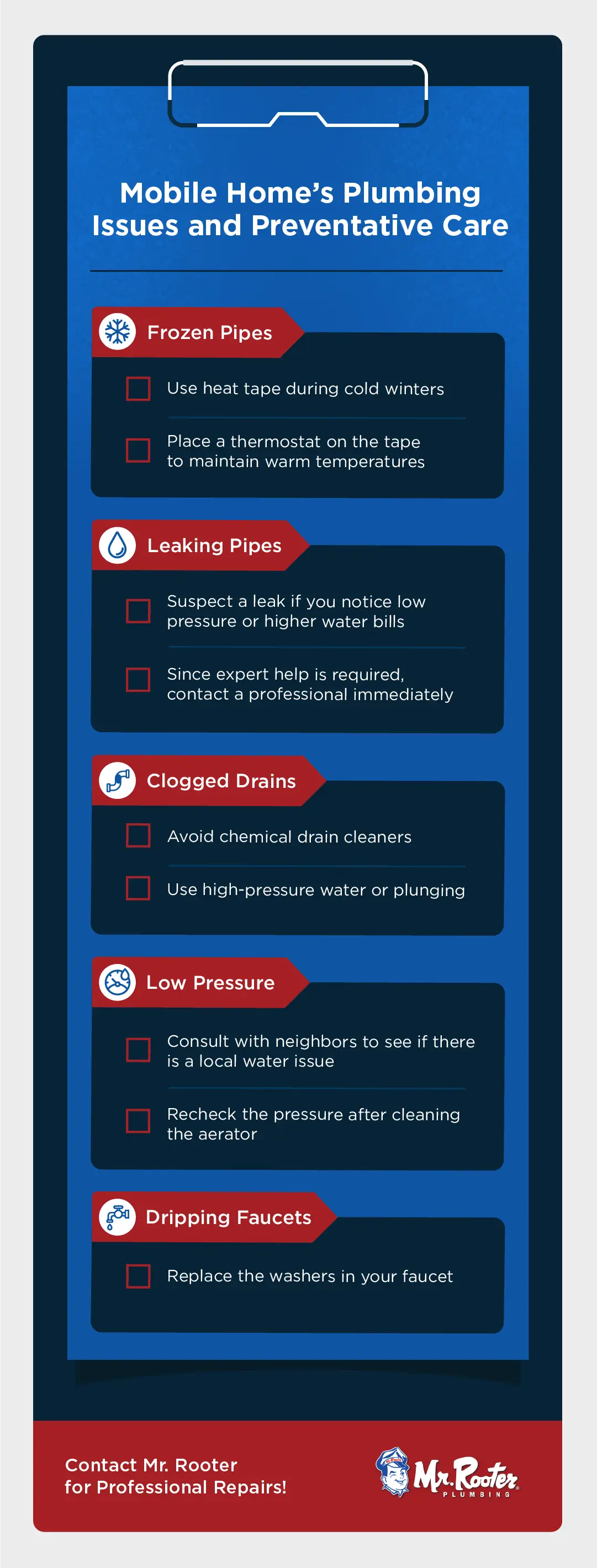
Common Water Line Problems in Mobile Homes
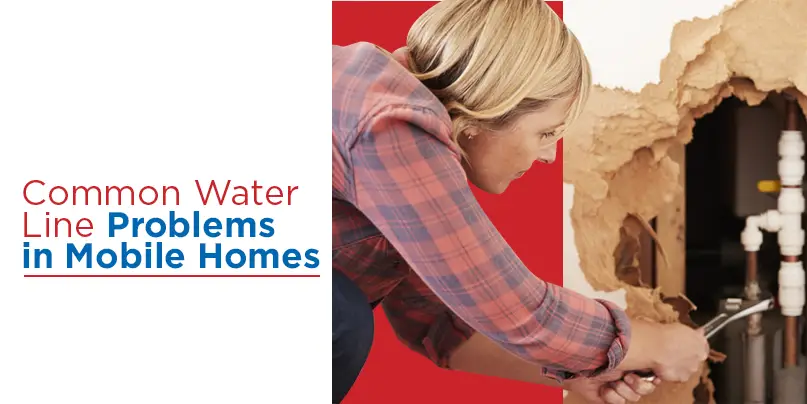
Your water lines are not immune to damage. Problems range from frozen to leaking pipes or dripping faucets. Depending on the type of issue, you may be able to wait until the next business day to call a plumber, or you might need emergency service. Burst pipes or water flowing into your home constitute emergencies for which you require a plumber to repair. Knowing what is wrong with your plumbing will make deciding when to call for help more straightforward.
Frozen Pipes
A common problem with mobile homes that many site-built dwellings do not have is frozen pipes. Because manufactured homes have pipes that run under the house, cold air can more easily freeze the water inside. An ice block inside one of your pipes builds pressure in the system until another portion of the supply line bursts. A burst pipe will quickly pour water into your home, causing damage to the structural components and your possessions. Shut off the water to your house before calling a plumber to fix the pipe.
To keep your pipes from freezing, protect them from sub-freezing temperatures. Use heat tape to warm the pipes under your home during unusually cold winters. A thermostat on the tape will allow it to maintain a temperature warm enough to keep the water flowing without overheating. This tape lasts only three to five years, but you must keep it plugged in the entire time you use it. When selecting heat tape for your home, always choose a variety designed for the material your supply lines are made from.
Leaking Pipes
Leaking pipes can be visible or hidden. Water damage or mold may arise from an unseen leak in a mobile home sewer pipe. Because leaks can cause damage to other parts of your home than the plumbing, you need to fix the issue soon.
The best part about mobile home plumbing is the layout of the pipes. Hidden leaking pipes tend to be those that run under the home. This location keeps water damage restricted to the floor around the pipe leak. In a site-built home with pipes in the walls, the water leak may cause damage to the immediate area and anywhere the water drips down.
Mobile homes could develop leaks in pipe joints, which are more common in pipes with more joints. A cause of leaks in mobile home plumbing systems comes after the home reaches its final destination. Moving the house and the settling that occurs after an stress rigid pipes, resulting in leaks. Freezing can also cause holes in the supply lines.
If you notice low pressure that you cannot immediately fix or see higher water bills than usual, suspect a leak in your system. A leak in your plumbing, whether hidden or not, needs expert repairs. Call a plumber to help you find and fix leaks in your pipes.
Clogged Drains
Drain clogs often happen from pouring inappropriate substances down the drain. For instance, you should never put grease down the kitchen sink because further down the line, it can cool and congeal to create a blockage. Hair in tub drains can do the same thing. Do not use chemical drain cleaners if you have a clogged drain. These chemicals can injure a plumber if you must call in a professional to repair the problem. If high-pressure water or plunging will not move the clog, call a plumber.
Low Pressure
Low water pressure could originate outside your home or at an individual fixture. For house-wide pressure problems, consult your neighbors to see if there is a local water issue. If the rest of your neighbors have adequate pressure and you don't, it is time to consult a plumber.
For individual fixture problems, you may have a simple-to-fix issue with the aerator. Recheck the pressure after cleaning off the aerator. You may still need to call a plumber if your aerator became clogged from sediment in the lines. Deposits could indicate a bigger problem with your plumbing system a professional may need to address.
Dripping Faucets
Dripping faucets are one of the most annoying problems you can have in your home. Nothing will keep you up at night quite like a dripping faucet into a metal sink. You might need to replace a washer in your faucet to stop the drip. However, if your repair does not work, you could have a more significant issue and need an expert eye to identify and solve the problem.
DIY Mobile Home Plumbing Tips
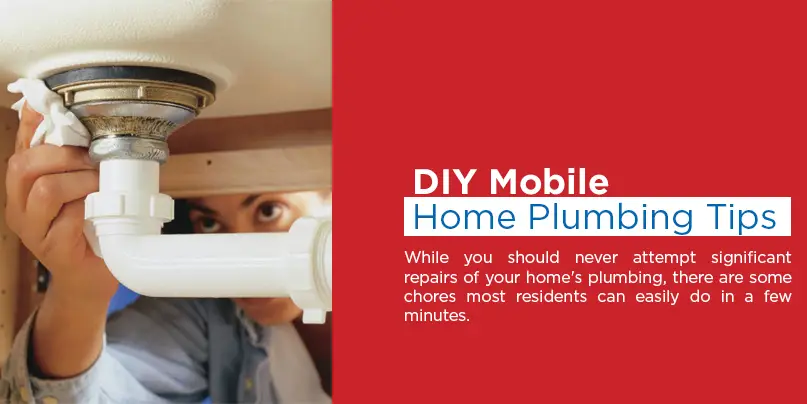
While you should never attempt significant repairs of your home's plumbing, there are some chores most residents can easily do in a few minutes. These tasks are skills you should have regardless of where you live. If you cannot solve your plumbing problems with these minor fixes, you need to contact a plumber who will have the tools and knowledge to help you.
Turning off the Water
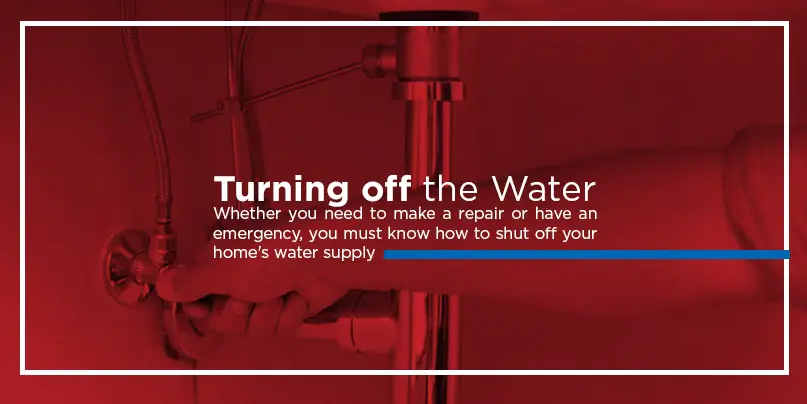
Whether you need to make a repair or have an emergency, you must know how to shut off your home's water supply. Look around your house for the water hose faucet. The larger valve next to the hose tap will control the water coming into your home. Turn it all the way to the right until you cannot twist it anymore. Check the water at a faucet inside your house to verify that you have successfully shut off the water. If you need to work on a single fixture, also turn the water control valve at the fixture into the horizontal position. Doing both prevents excessive pressure from the home's water from building at the closed source valve and leaking.
Using a Plunger
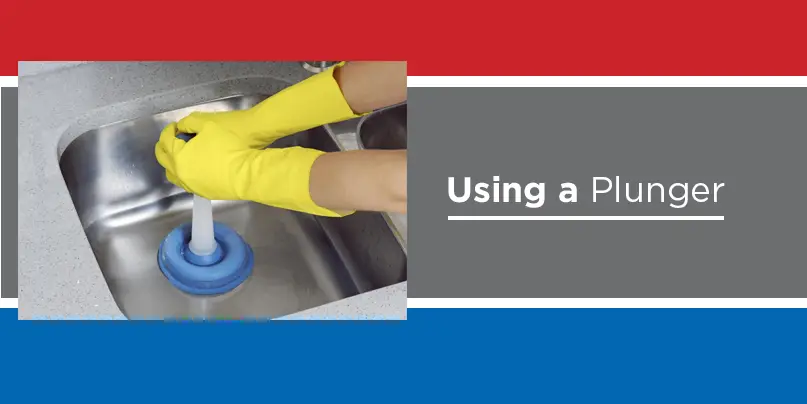
For toilet and drain clogs, use a plunger to safely dislodge the blockage. Knowing how to use a plunger can save you money because 90 percent of the time you have a toilet clog, a plunger will clear it. Remember to never use a plunger after you have used a chemical drain cleaner. You could cause severe burns on your skin if the drain cleaner comes back up while you are plunging the drain.
Use a flange plunger for toilets and a cup plunger for tubs and sinks. The type of plunger does make a difference. Have both types on hand for all kinds of emergencies. Keep the plunger underwater and completely seal the drain with the base of the plunger. Do not flush the toilet or run water into the sink while plunging. With the plunger sealing the opening, push and pull the handle without breaking the seal for 20 seconds. Finally, pull out the plunger, and the drain should clear. If not, call a plumber.
Wrapping Pipes in Winter
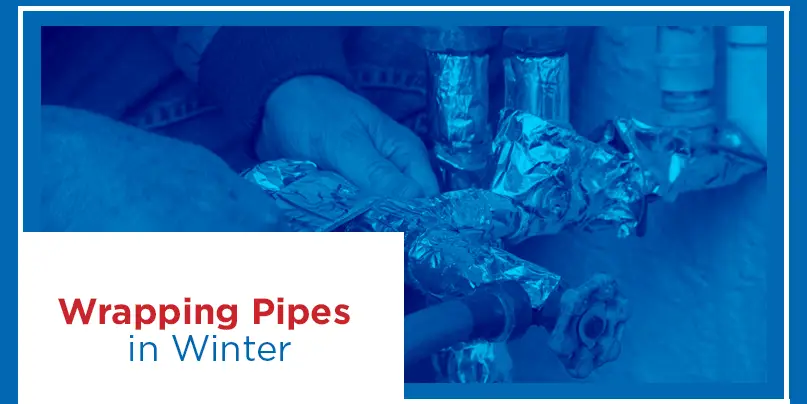
Keep the pipes under your home warm during the winter with pipe heating tape. Read the directions on the tape for how to install it. Never put insulation around the taped pipes, because the tape could overheat and cause damage to the pipes. Also, remember to keep the pipe tape plugged in throughout the winter to keep it working. Your pipes will not get any benefits from pipes that have heater tape and are not getting power.
If your home loses power during the winter, know how to put pipe insulation around the pipes. Unplug the heater tape so it will not come on under the insulation when power gets restored. Choose pipe insulation to wrap around the lines under your home, which are more susceptible to the cold. You can always have a plumber help you with this chore if necessary. Do not forget to remove the insulation when you have power restored and can plug in the pipe heater tape.
Consult with Licensed NY Plumbers at Mr. Rooter of Greater Syracuse
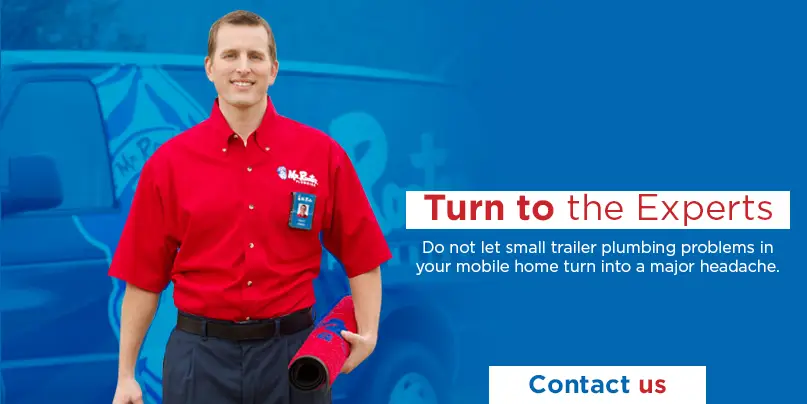
Do not let small trailer plumbing problems in your mobile home turn into a major headache. Plumbing issues will not correct themselves over time — they will only get worse. That is why you need to know whom to call if your plumbing has a problem.
Our professional, licensed plumbers at Mr. Rooter of Greater Syracuse are here to help with whatever problems or concerns you have. We offer standard installations, repairs, and emergency services for all types of homes in the area. If you have an emergency in the middle of the night, such as a burst pipe or overflowing toilet, you do not have to wait to call us. We have 24/7 emergency plumbers available for your convenience.
We also offer checkups at no charge. If you think you have a plumbing problem in your mobile home, call us at Mr. Rooter of Greater Syracuse to have a service professional come out to look at your system. If you need repairs, our licensed plumber who is certified by Onondaga County for plumbing, leak detection, or any plumbing-related project can come out to resolve the issue.
Mr. Rooter of Greater Syracuse has a code of respect, integrity, and customer focus. We strive to apply these values to every job we do. Let us help you with your mobile home plumbing, whether you need us now or in the future.

